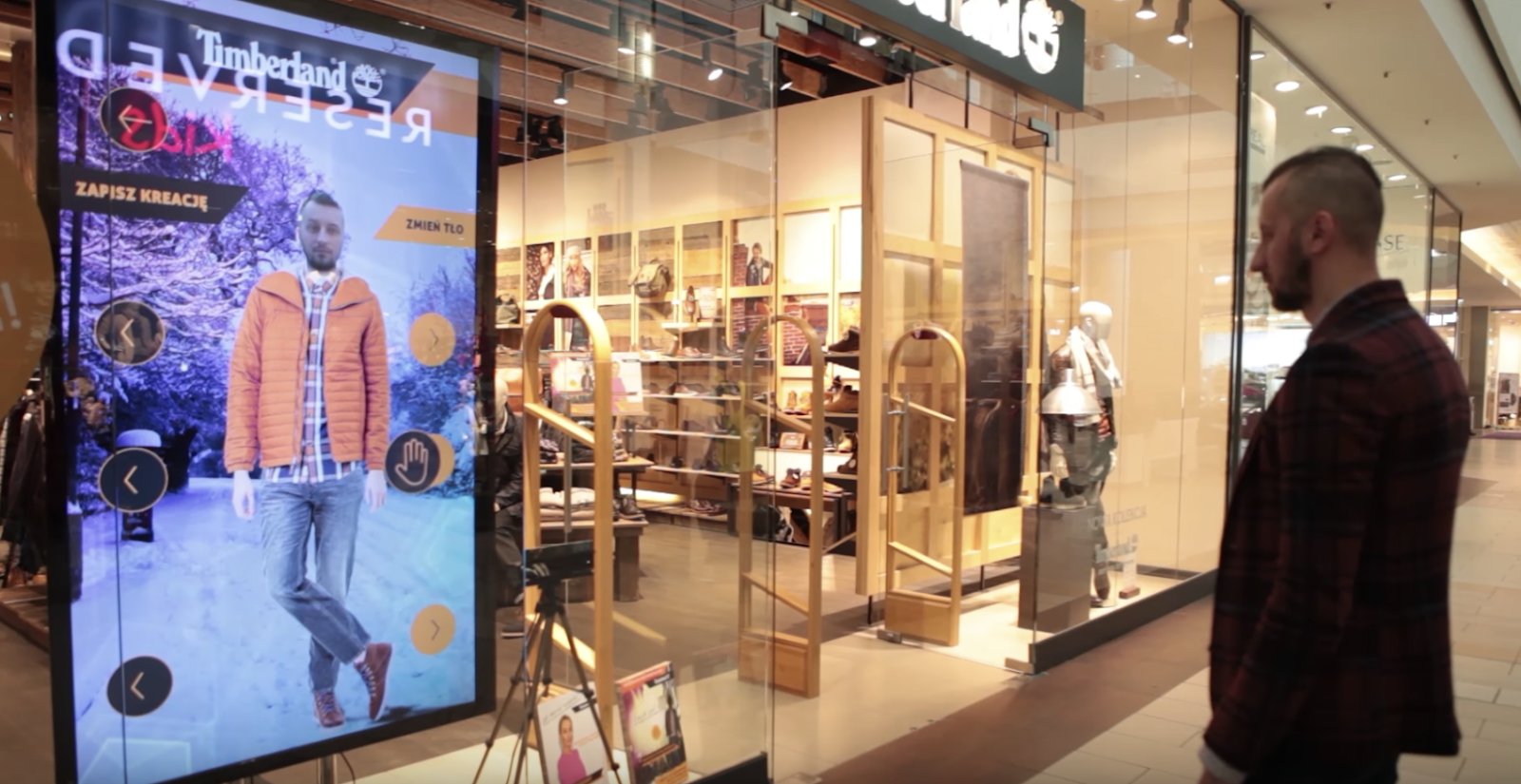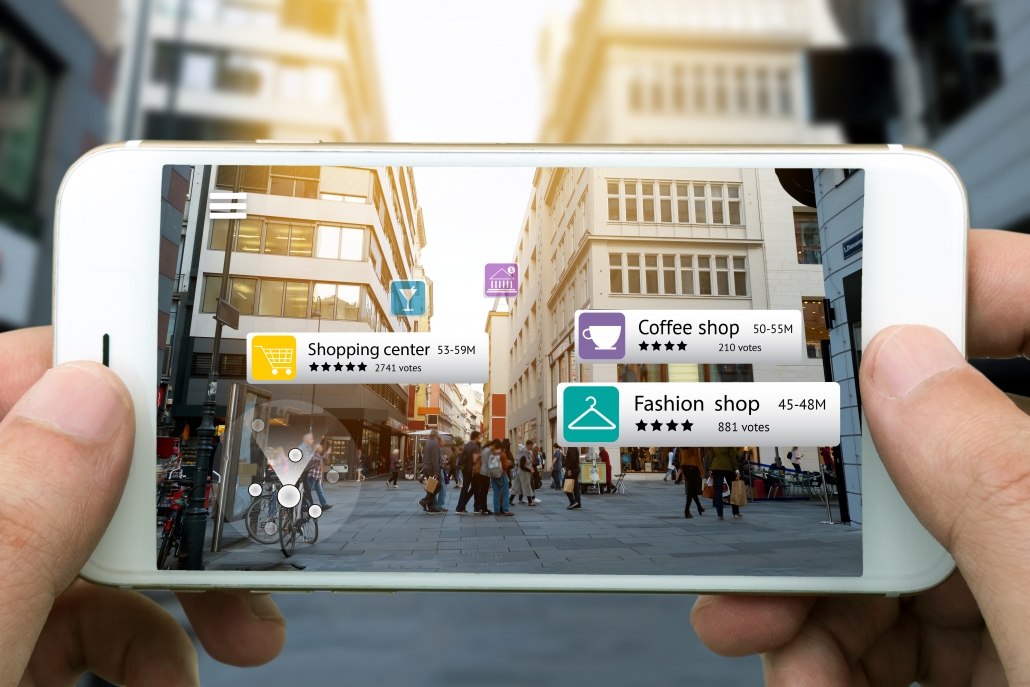How is AR taking Advertising & Marketing to the Next Level?
Augmented Reality is THE emerging platform for Advertising & Marketing with it’s amazing potential for growing audiences and providing deep engagement. AR creates interaction with consumers and allows for huge upside in the creative development area for media communications and marketing.
Telling A Better Story Becomes Even More Important
Customers are increasingly eager to learn more about the stories of brands they support. The challenge all brands and marketers face in our connected and immersive digital world is to tell their story in a compelling and meaningful way.
The experience-focused and interactive nature of AR is a great way to meet this customer demand, and we’ve seen businesses of all sizes realize that it’s a marketing method worth investing in. However, the more accessible AR becomes, the more important it is to use it in a unique and creative way that showcases a brand’s purpose. This could range from giving audiences a more intimate look at the inner workings of the brand in a way that goes deeper than an Instagram channel, to displaying more relevant and contextual information about a product that may impact the potential customer.
As a marketer, you want people to walk away with a powerful impression of your brand. AR is already kicking this into high gear, and this year it will take creativity and an understanding of what does and does not work for brands to set themselves apart.
Some examples of our customized AR Projects include the following:
Augmented Immersive Worlds
Custom Face Filters
Product Visualization: Retail & Business
Gamified Apps
AR Portals
Image Tracking Projects

How We Work:
Brief: We help you create the brief involving your marketing & production needs. This will help shape your idea based on your communication goals and make a blue print for the project.
Concept: Receive concepts & ideas from our creative department and pick your favorite. The idea comes to life with concept building using protoyping tools and illustrations.
Production: Pre and Post Production process utilizing all various elements including 3D models, graphic assets, branding & logos.
Publishing: Publish your AR project or receive your project by the production deadline. We can also publish to social media networks for wide distribution.
Marketers are always seeking out better tactics to engage their target audience and boost brand awareness, and AR can help achieve both objectives in a few ways:
- AR technology can provide prospective customers with a more lifelike and realistic impression of a product or service.
- AR-focused campaigns create immersive worlds that completely engross and engage users.
- At the moment, AR is being widely used in social media (FB & Snapchat filters) and consumers are more likely to remember an AR-focused campaign because of the creativity of the brands developing them.
How are brands using AR?
The furniture, clothing and cosmetics industries have all already caught on to the potential of AR.
- Cosmetics giant L’Oreal acquired AR startup ModiFace and has since developed a variety of virtual “try-on apps.” Through the different AR apps, consumers can see what they’d look like with various hairstyles, lipstick shades, and the use of other cosmetics.
- Zara, a Spanish fashion retailer, has incorporated AR displays in more than 100 stores worldwide. The technology lets customers point their smartphones at the stores’ mannequins and instantly buy any of the clothing items being modeled.
- Online furniture retailer Wayfair developed a mobile app with an AR feature that allows customers to see virtual furniture and décor in their homes at full scale. The app ultimately helps customers determine whether a piece of furniture will fit within a space before buying it.
Another great example of AR used in Advertising is Timberland in retail. Augmented Reality used creatively will pay huge dividends- especially when using The idea of trying on items outside a dressing room, where you don’t have to go inside a dressing room. Many people have said “I’ll buy it, try it on at home, and return it if I don’t like it,” just to avoid the hassle of carrying a pile of clothes into a dressing room line.
In the spirit of thinking outside the box, Timberland created a virtual fitting room to attract attention in a very creative way. Using 3D motion sensing technology, Timberland’s virtual fitting room allowed shoppers to see an image of their face, and a similarly-sized model body, in different outfits.
If you’re going to use AR, you’ll want to brainstorm unique ways to help your customers avoid an otherwise burdensome process. While fitting rooms might not be the end of the world (first-world problems?), Timberland stands out as a helpful brand by offering customers a fun and useful alternative.

Augmented Reality has moved from trendy tech topics and into the real solutions phase for marketers to finally use to attract clientele. AR makes advertising interactive, allowing marketers and advertisers to reach out to consumers in totally creative new ways. AR can be used in day to day business activities with AR Business Cards that stand out and provide amazing creativity when meeting new people and networking.
AR is unique, noticeable and can easily be deployed in social networks. The level of engagement with consumers is far deeper level than ever before- instead of passively viewing a static ad or watching a video, people can now interact directly with brands.

